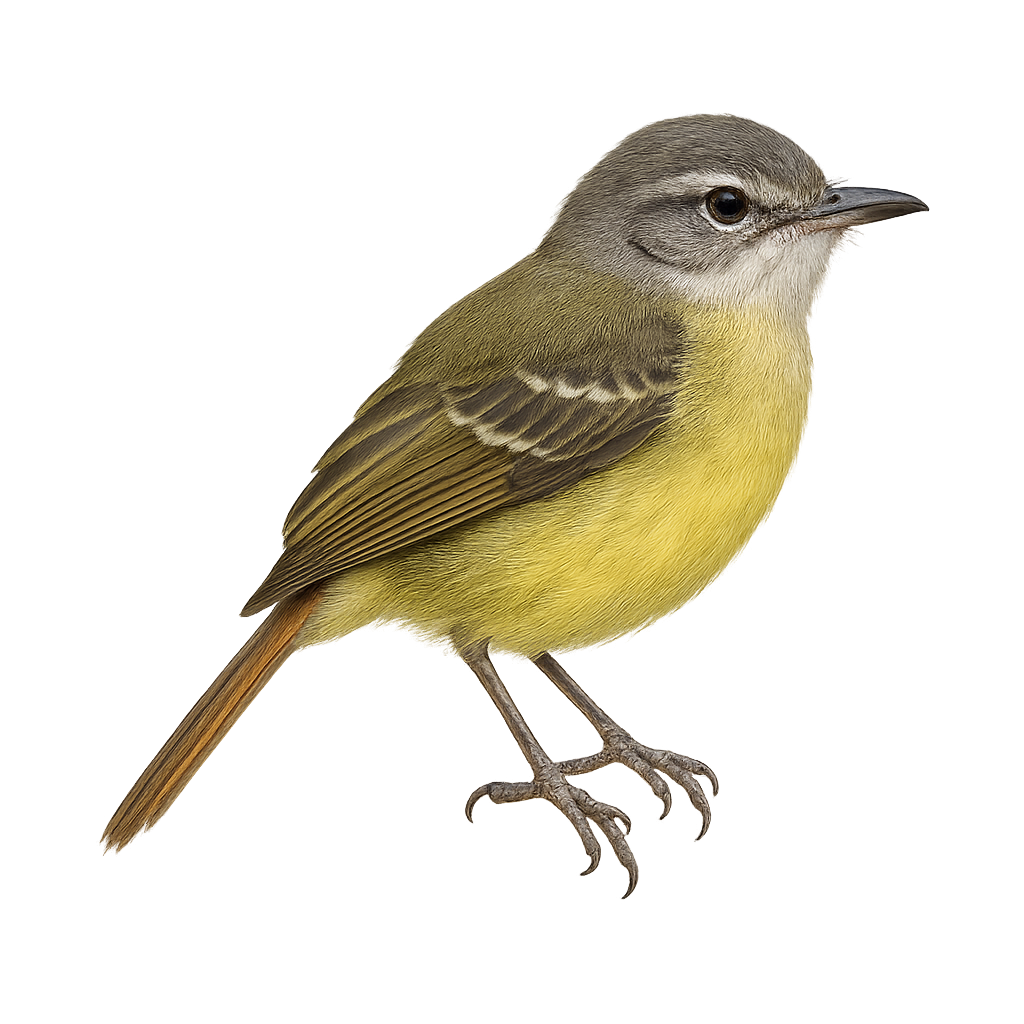Your wildlife photography guide.
Explore the white-lored tyrannulet in detail, study its behavior, prepare your shots.
Where to observe and photograph the white-lored tyrannulet in the wild
Learn where and when to spot the white-lored tyrannulet in the wild, how to identify the species based on distinctive features, and what natural environments it inhabits. The WildlifePhotographer app offers tailored photography tips that reflect the white-lored tyrannulet’s behavior, helping you capture better wildlife images. Explore the full species profile for key information including description, habitat, active periods, and approach techniques.
White-lored Tyrannulet
Scientific name: Ornithion inerme

IUCN Status: Least Concern
Family: TYRANNIDAE
Group: Birds
Sensitivity to human approach: Suspicious
Minimum approach distance: 5 m
Courtship display: April to May
Incubation: 16-18 jours
Hatchings: April to June
Habitat:
Tropical rainforests, forest edges, shrublands
Activity period :
Primarily active during the day, with peak activity in the morning and late afternoon.
Identification and description:
The Ornithion inerme, or white-lored tyrannulet, is a small passerine bird belonging to the Tyrannidae family. It is primarily found in the humid tropical forests of Central and South America, where it feeds on insects and small fruits. This small bird, measuring about 10 cm in length, is distinguished by its olive-green plumage and white markings around its eyes. It is often seen in groups, actively moving through the foliage in search of food. Although relatively common in its habitat, it can be difficult to spot due to its small size and discreet behavior.
Recommended lens:
400 mm – adjust based on distance, desired framing (portrait or habitat), and approach conditions.
Photography tips:
To photograph the Ornithion inerme, it is advisable to use a telephoto lens of at least 400mm to capture detailed images without disturbing the bird. Look for areas where these birds are active, such as forest edges or shrublands. Be patient and discreet, as these birds can be suspicious. Use a tripod to stabilize your camera and wait for the bird to perch on a clear branch to get a sharp and well-framed shot.
The WildlifePhotographer App is coming soon!
Be the first to explore the best nature spots, track rutting seasons, log your observations, and observe more wildlife.
Already 1 432 wildlife lovers subscribed worldwide

